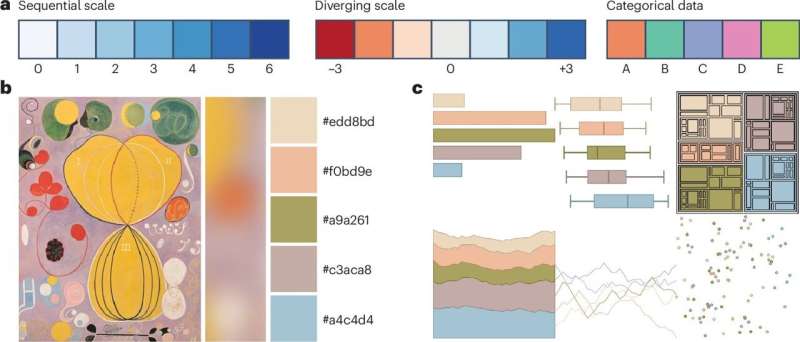
In a groundbreaking effort to enhance the clarity and reproducibility of scientific data visualization, Dr. Helena Jambor of the University of Applied Sciences of the Grisons and TU Dresden has introduced a practical checklist aimed at researchers. Published in the prestigious journal Nature Cell Biology, this checklist is designed to guide scientists in creating clear and effective visual representations of their data.
Every year, more than one million scientific articles are published in the life sciences, with two-thirds including statistical figures that often lack clarity and reproducibility. Dr. Jambor’s checklist addresses this issue by offering a user-friendly guide that includes recommendations on selecting appropriate statistical charts, text design, color selection, layout, and directing viewer attention.
Improving Scientific Communication
Dr. Jambor, a molecular biologist, has been dedicated to improving the comprehensibility of scientific figures for over a decade. Her work began at the Max Planck Institute of Molecular Cell Biology and Genetics and continued at TU Dresden. She emphasizes the importance of visual aids in decision-making processes, comparing them to road signs and emojis that help in everyday navigation and communication.
“Just like a checklist helps pilots make sure they don’t forget anything before takeoff, this checklist can give scientists quick guidance on how to present their data,” explains Dr. Jambor.
Her motivation stems from a desire to enhance scientific communication, not only among researchers but also between doctors and patients. In January, she published a study in the Journal of the American Medical Informatics Association on using visual aids to help patients understand treatment plans.
Award-Winning Efforts
In recognition of her contributions, Dr. Jambor received the Early Career Einstein Award in November 2024 for her project “PixelQuality—Best practices for publishing images,” alongside Dr. Christopher Schmied from the Leibniz Institute for Molecular Pharmacology in Berlin. This accolade underscores the significance of her work in setting new standards for scientific visualization.
The checklist not only serves as a tool for researchers but also aims to bridge the communication gap between healthcare professionals and patients. Dr. Jambor believes that clear visual aids can prevent misinterpretation of treatment processes and biomedical research data, ultimately improving patient outcomes.
Future Implications
The introduction of this checklist represents a significant step forward in the standardization of scientific data visualization. By providing a clear framework, it is expected to enhance the reproducibility of research findings and facilitate better communication across scientific disciplines.
As the scientific community continues to embrace open science and data sharing, tools like Dr. Jambor’s checklist will become increasingly vital. They ensure that data is not only accessible but also understandable, paving the way for more collaborative and impactful scientific endeavors.
For more information, refer to the original publication by Dr. Helena Klara Jambor in Nature Cell Biology (2025). DOI: 10.1038/s41556-025-01684-z.







